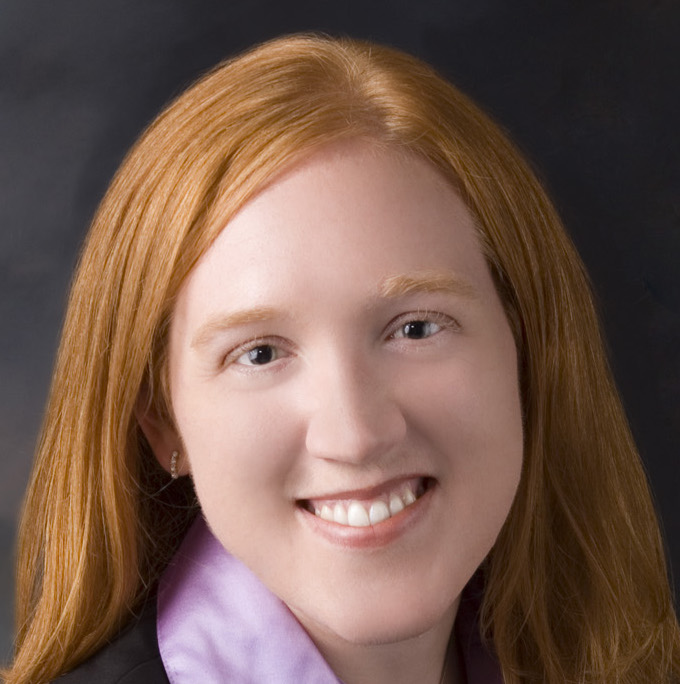4 minutes
Strategic planning asks credit unions to take a wide view at trends and patterns around us—and to plan for the future accordingly. An oft-asked question about that process, according to board consultant Michael Daigneault, CCD, is “How are we supposed to guess what is going to happen in the future?”
One approach to strategic planning begins by identifying trends as either hard or soft. Daigneault, founder and CEO of CUES strategic partner Quantum Governance, L3C, presented this concept during the CUES webinar “Strategic Thinking and Planning: Setting the Stage for Your Future Success.”
Determining the type of trends occurring around the industry and their likelihood to continue is a key to strategic planning. “Strategy is an ever-evolving, ongoing attempt to determine the most effective approach—the best pattern of behavior—to achieve the credit union’s mission,” said Daigneault.
Citing the book Flash Foresight by Daniel Burrus, Daigneault suggested that categorizing trends as hard, unchangeable facts or soft, changeable developments gives the credit union a starting point for predicting the future, or at the very least preparing for foreseeable consequences.
Hard trends are absolute facts. They are trends that are already taking place and will inevitably continue to take place in the future. Hard trends can be either linear or cyclical hard trends. Daigneault pointed out two universal cyclical trends: The sun will rise each day, and the seasons will change. And a linear trend is something similar to the limited amount of actual oil in the ground. There will be less and less oil over time; even if we find new pockets of oil, the trend will continue.
Soft trends shape the future but don’t amount to a future fact—they can change. Is the trend something that could change, stop or reverse? If so, it’s a soft trend; if not, it’s a hard trend. If you spend too much time debating whether a trend is hard or soft, then it’s likely a soft trend.
Examples of Trends
Across all industries, Burrus points out as a hard trend our reliance on electronic devices. This includes increasing the bandwidth with which we exchange information. Data exchange is unlikely to slow down; it will only continue to get faster.
An attendee at the webinar suggested that digital banking is another hard trend. Daigneault agreed. “The whole world seems to have gone in the digital direction, and it’s hard to conceive, absent things like Armageddon, that the world will go away from a more digital format,” Daigneault commented.
Daigneault recently discussed with credit unions at a conference decreased car buying as a trend, because millennials are buying fewer cars. “Is this a hard trend or soft trend? There was a lot of discussion about this, and the group ended up identifying it as a soft trend,” said Daigneault. “With new types of cars such as electronic and robotic, and services such as Uber and Lyft, fewer individuals may purchase cars. But possibly car services like Uber and Lyft will purchase cars on a larger scale. At this point, the trend is soft.”
Webinar attendees suggested increased regulations and mergers were also trends in the credit union industry.
“There tend to be more and more regulations over an industry over time,” said Daigneault. “But it is conceivable that it could reverse at some point in the future. There could be an administration or business climate that says, ‘Let’s deregulate the CU industry.’ In the short run, we can look at it as a hard trend, but in the long run, we may need to look at it as a soft trend, believe it or not.”
The same can be said of mergers; while mergers appear to be a hard trend today, it is possible the number of mergers could plateau or decrease at some point in the future.
“The whole point here is not to spin out every single hard and soft trend, but to acclimate you to the difference between hard and soft trends,” said Daigneault. When we’re planning for the future, we have to be wary of the difference between them, he added.
Laura Lynch is CUES’ products and services coordinator.






